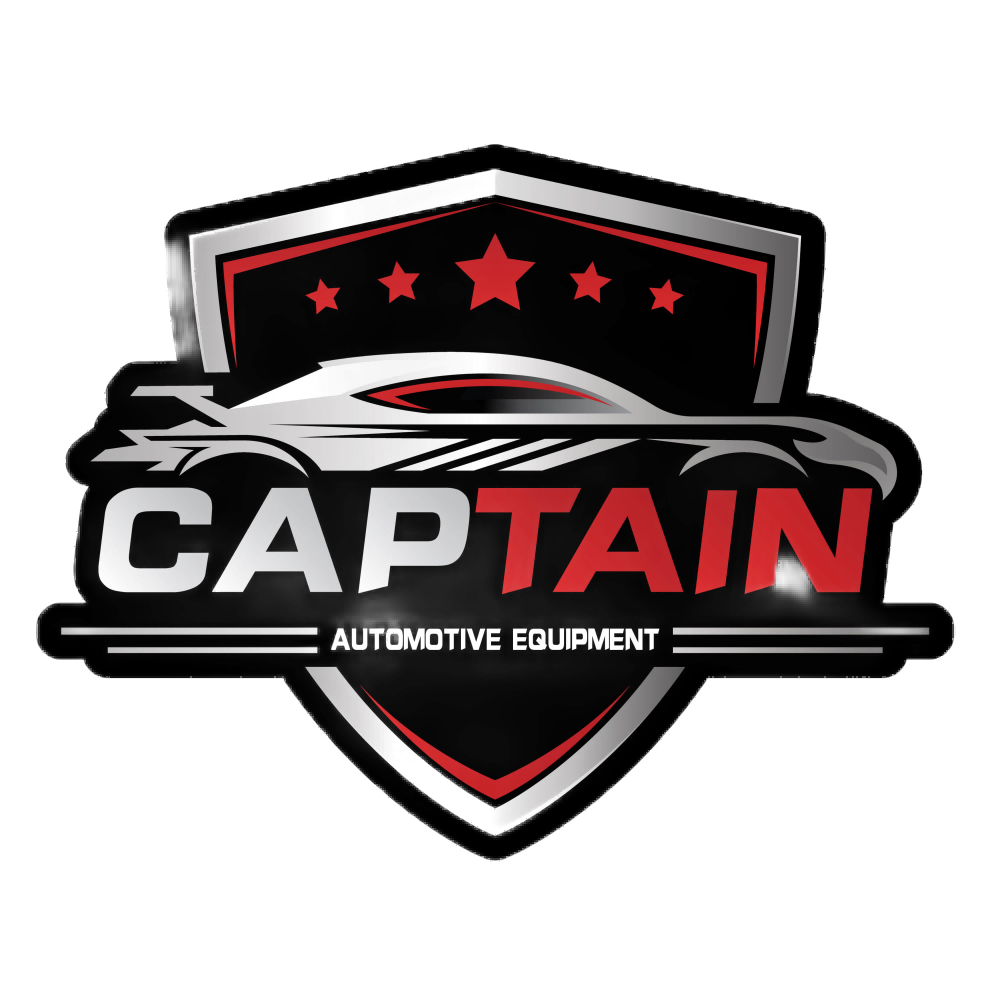Essential Guidelines for Professional Tire Changing Operations
Operating a car tire changer requires precise knowledge and careful attention to safety protocols. Whether you're a professional mechanic or working in an automotive shop, understanding the proper use of a car tire changer is crucial for both personal safety and optimal tire maintenance. This comprehensive guide will walk you through everything you need to know about safely operating this essential piece of equipment while maintaining professional standards.
Understanding Your Tire Changing Equipment
Components of Modern Tire Changers
A car tire changer consists of several key components that work together to ensure efficient tire removal and installation. The turntable or mounting table serves as the main working surface, featuring adjustable clamps that secure the wheel in place. The bead breaker, a crucial component, separates the tire from the wheel rim, while the mounting arm helps guide the tire during removal and installation processes. Understanding these components is essential for safe operation.
Safety Features and Their Functions
Modern car tire changer models come equipped with various safety features designed to protect operators. These include emergency stop buttons, wheel guard shields, and pressure limiting devices. The bead pressing system prevents tire damage during mounting, while rim protection clamps ensure wheels remain scratch-free. Familiarizing yourself with these safety features before operation is non-negotiable for preventing accidents and equipment damage.
Advanced models may also include helper arms and bead rollers that reduce physical strain and improve efficiency. These ergonomic features not only enhance safety but also contribute to longer equipment lifespan and better tire handling outcomes.

Preparation and Inspection Procedures
Initial Equipment Check
Before operating a car tire changer, conducting a thorough equipment inspection is vital. Check all hydraulic and pneumatic connections for leaks or damage. Ensure the turntable moves smoothly and all clamps function properly. Verify that safety guards are in place and emergency stop mechanisms are operational. Regular maintenance checks help prevent equipment failures that could compromise safety.
Tire and Wheel Assessment
Proper tire inspection before changing is crucial for safety and success. Check the tire size compatibility with your machine's specifications. Look for signs of damage or wear that might affect the changing process. Remove all weights and foreign objects from the wheel, and ensure the valve stem is accessible. This preliminary assessment prevents complications during the tire changing procedure.
Document any existing wheel damage or peculiarities that might require special attention during the process. This practice protects both the operator and the business from potential liability issues.
Step-by-Step Operating Process
Mounting the Wheel Correctly
Position the wheel on the car tire changer's turntable, ensuring it's centered properly. Secure the wheel using the appropriate clamping method for its size and type. The clamps should grip the wheel firmly without causing damage to the rim. Proper mounting is fundamental to safe operation and quality results.
Breaking the Bead Safely
Apply the bead breaker carefully, positioning it at the correct angle to prevent tire or rim damage. Use steady, controlled pressure to break the bead, working around the tire circumference as needed. Many operators rush this step, but proper technique here prevents problems in subsequent steps.
For particularly stubborn beads, use appropriate lubricant and take extra time rather than forcing the process. This patience helps prevent damage to both the tire and the equipment.
Advanced Techniques and Special Considerations
Handling Low-Profile Tires
Low-profile tires require extra care when using a car tire changer. These tires have stiffer sidewalls and are more susceptible to damage during the changing process. Use plenty of mounting lubricant and ensure the bead is properly seated in the drop center of the rim. The mounting head must be precisely positioned to prevent tire or rim damage.
Working with Run-Flat Tires
Run-flat tires present unique challenges due to their reinforced sidewalls. When using a car tire changer on run-flat tires, additional force may be required, but it must be applied carefully and evenly. Special mounting tools and techniques might be necessary to prevent damage to these expensive tires.
Always consult manufacturer specifications when working with specialty tires, as different brands may require slightly different approaches or tools.
Maintenance and Troubleshooting
Regular Maintenance Schedule
Implement a consistent maintenance routine for your car tire changer to ensure safe, reliable operation. Check and lubricate all moving parts regularly, inspect hydraulic fluid levels, and test safety features daily. Keep detailed maintenance logs and address any issues promptly to prevent equipment failure during operation.
Common Problems and Solutions
Even well-maintained tire changers can experience issues. Understanding common problems and their solutions helps maintain safe operation. Watch for signs of wear on mounting heads and clamps, address any unusual noises immediately, and ensure proper air pressure is maintained in the system. Regular calibration checks help prevent mounting problems before they occur.
Frequently Asked Questions
How Often Should a Car Tire Changer Be Serviced?
Professional car tire changers should undergo comprehensive service every 3-6 months, depending on usage volume. Daily visual inspections and weekly basic maintenance checks are also recommended to ensure safe operation and extend equipment life.
What Safety Gear Is Required When Operating a Tire Changer?
Essential safety equipment includes safety glasses, steel-toed boots, work gloves, and proper fitting clothing that won't catch in the machinery. Hearing protection may also be necessary in noisy shop environments.
Can All Types of Tires Be Changed with Any Tire Changer?
No, not all car tire changers are suitable for every type of tire. Different machines have specific capabilities and limitations regarding tire sizes and types. Always check your equipment's specifications and ensure it's appropriate for the tires you're working with.

